Cat Dwarfism vs Munchkin Cats: What's the Real Difference?

Picture this: You're scrolling through adorable cat photos online when you spot a kitten with the most endearing short legs you've ever seen. Your heart melts instantly, and you're ready to bring this little bundle of joy home. But wait—is this a healthy Munchkin cat or a kitten with a serious medical condition? The difference could mean years of happiness versus heartbreak and expensive veterinary bills.
The confusion between cat dwarfism vs Munchkin cats’ peculiarities has led countless families into making decisions they later regret. Unscrupulous sellers often take advantage of this confusion. They market cats with serious health issues as "cute dwarf cats." They also mix up terms to hide the truth. Your family deserves a healthy, happy companion—not a heartbreak disguised as a bargain.
This guide will give you the knowledge to confidently distinguish between these two different situations, ensuring your next feline family member brings you joy for years to come.
The Critical Truth About Cat Dwarfism
What Cat Dwarfism Actually Is
True cat dwarfism is a serious medical condition, not a charming breed characteristic. Achondroplasia and other growth disorders affect how a cat's bones and cartilage grow. This leads to serious health problems that go beyond just looks.
Unlike the proportionate short legs of Munchkin cats, dwarfism creates disproportionate body parts that signal underlying health issues. Cats with dwarfism typically display:
-
Severely shortened limbs with abnormal bone structure
-
Enlarged heads in proportion to their bodies
-
Curved or deformed spines
-
Compressed facial features affecting breathing
-
Joint problems that worsen with age
The health complications associated with feline dwarfism are extensive and heartbreaking. These cats sometimes have trouble breathing because their airways are compressed. They also face joint problems that cause chronic pain. Additionally, they may have organ issues that need lifelong medical care.
According to the Cornell Feline Health Center, cats with severe skeletal abnormalities often have shortened lifespans due to the multiple health challenges they face.
Breeds Prone to True Dwarfism
Certain breeds carry higher risks for developing true dwarfism, particularly those that have been bred for extreme facial features. Persian cats, with their flat faces, and Scottish Folds, with their unique ear structure, sometimes produce kittens with dwarfism when breeding practices prioritize appearance over health.
Warning signs in kittens include unusual body shapes that get more noticeable as they grow. They may have trouble moving or playing like their littermates. They might also have breathing problems, even when resting. Responsible breeders screen for these conditions and would never knowingly sell an affected kitten.
Watch for red flags from sellers. These include very low prices for "rare dwarf cats." Sellers may also hesitate to provide health documents. They might use words like "tiny" or "teacup" sizes but not mention health checks.
Munchkin Cats: The Legitimate Short-Legged Breed
The Real Munchkin Story
The Munchkin cat vs dwarf cat distinction becomes clear when you understand the Munchkin's legitimate breed history. The breed traces back to Blackberry, a short-legged barn cat discovered in Louisiana in 1983. Unlike cats with medical dwarfism, Blackberry was healthy, active, and lived a normal lifespan.
The Munchkin's short legs result from a single dominant gene mutation called achondroplasia. But here's the crucial difference: this specific mutation only affects leg length while leaving the rest of the body perfectly proportioned. The International Cat Association (TICA) recognizes Munchkins as a legitimate breed with specific standards that ensure health and proper proportions.

The Irresistible Appeal of Munchkin Cats
What makes Munchkin cats so captivating goes far beyond their distinctive short legs. These charming felines possess a unique combination of physical traits and personality characteristics that have won hearts worldwide.
Physical Characteristics: Munchkin cats maintain all the elegance of a regular cat while sporting legs that are typically 2-3 inches shorter than average. Their bodies are well-proportioned with a slight rise from shoulder to rump, creating a graceful silhouette that's both distinctive and balanced. They come in all coat colors and patterns, from solid blacks and whites to complex tortoiseshells and striking tabby markings.
Their faces retain normal proportions with bright, expressive eyes that can be any color. Unlike cats with medical conditions, Munchkins have clear, unobstructed airways and normal facial structure. Many owners describe their Munchkin's expression as perpetually sweet and kitten-like, even into adulthood.
The "Ferret-Like" Charm: One of the most endearing qualities of Munchkin cats is their unique way of moving. They often sit up on their hind legs like little prairie dogs, using their tail for balance while surveying their surroundings. This behavior, combined with their low-slung build, gives them an almost ferret-like quality that many find irresistibly cute.
When they run, Munchkins develop a distinctive "race car" gait that's surprisingly fast and efficient. They corner like sports cars, taking turns at full speed without losing their footing. This unique locomotion style often becomes a source of endless entertainment for their families.
Personality Plus: Munchkin cats are known for their outgoing, confident personalities. They're typically social butterflies who love meeting new people and rarely show the aloofness sometimes associated with other breeds. Their curious nature means they want to be involved in everything their family does, from helping with household chores to greeting visitors at the door.
Many Munchkin owners report that their cats seem unaware of their physical difference, displaying the same confidence and boldness as any other cat. They're excellent with children and often become the family comedian with their playful antics and expressive personalities.
Health Profile of Quality Munchkins
When bred responsibly, Munchkins enjoy normal lifespans of 12-15 years.
Do Munchkin cats have dwarfism? The answer is nuanced. They have a specific type of achondroplasia that affects only leg length, not the systemic dwarfism that causes multiple health problems.
Responsible Munchkin breeders test for common feline health issues and ensure their breeding cats are free from the types of dwarfism that cause serious health complications. Quality Munchkins can jump, run, and play just like other cats—they simply do it with shorter legs.
The key difference lies in breeding ethics. Reputable Munchkin breeders prioritize health over appearance and never breed cats that show signs of systemic dwarfism or other health issues.
Side-by-Side Comparison: Munchkin Cats vs. Cat Dwarfism
Understanding the Munchkin vs dwarf cat differences becomes easier when you compare them directly:
Physical Differences:
-
Munchkin cats have proportionate bodies with only shortened legs
-
Cats with dwarfism show multiple disproportionate features including enlarged heads, compressed faces, and curved spines
-
Munchkin cats maintain normal-sized heads and faces
-
Cats with dwarfism often have breathing difficulties due to facial compression

Behavioral and Quality of Life Indicators:
-
Munchkin cats are active, playful, and mobile
-
Cats with dwarfism may struggle with mobility and show signs of discomfort
-
Munchkin cats have normal energy levels and curiosity
-
Cats with dwarfism may be lethargic or reluctant to move
The Smart Buyer's Action Plan
Before making any adoption decision, arm yourself with the right questions and knowledge to protect both your heart and your wallet.
Questions You Should Ask
When considering any short-legged cat, these questions are non-negotiable:
Health Documentation Questions:
-
What genetic testing has been performed on the parents?
-
Can you provide veterinary records showing health clearances?
-
Has the kitten been examined by a veterinarian familiar with skeletal development?
-
What health guarantee do you offer, and what does it cover?
Breeding Practice Questions:
-
Are both parent cats available for me to see?
-
What is your breeding philosophy regarding health versus appearance?
-
How many litters do your cats produce per year?
-
Can you provide references from previous buyers?
Never accept vague answers or excuses about why documentation isn't available. Legitimate breeders are proud to share their health testing results and breeding practices.
Red Flags to Avoid
Certain warning signs should immediately raise concerns:
-
Prices that seem too good to be true for purebred cats
-
Sellers who won't allow you to see the parents
-
Marketing language emphasizing "tiny," "teacup," or "micro" sizes
-
Reluctance to provide health documentation
-
Multiple breeds available from the same seller
Your Next Steps: Making the Confident Choice
The difference between cat dwarfism vs Munchkin cats isn't just academic. It's the difference between welcoming a healthy family member and taking on a heartbreaking situation that could have been avoided.
If you're drawn to the unique appeal of short-legged cats, focus exclusively on reputable Munchkin breeders. They prioritize health, provide comprehensive health testing, and offer meaningful health guarantees. These breeders understand the difference between the Munchkin's harmless leg mutation and serious dwarfism conditions.
Remember that a slightly higher investment in a quality kitten from a reputable source will save you thousands in veterinary bills and years of heartache. You're not just adopting a cat—you're welcoming a healthy family member who will bring joy, not worry, to your home.
Ready to find your perfect Munchkin companion? Start your search at purebredkitties.com. Your future feline family member is waiting! With the right knowledge, you can bring them home with complete confidence.
Frequently Asked Questions
Can Munchkin cats climb stairs and jump on furniture safely?
Yes, healthy Munchkin cats can climb stairs and jump on furniture, though they may need to take different approaches than longer-legged cats. They often use a hopping motion and may prefer furniture with intermediate levels to help them reach higher surfaces. Their mobility is generally excellent despite their shorter legs.
Are there different leg lengths within the Munchkin breed standard?
The Munchkin breed standard recognizes three leg length categories: standard (normal length), super short, and rug hugger (shortest). The breed standard considers all three acceptable as long as the cat maintains proper proportions and mobility.
Do Munchkin cats require special litter boxes or furniture due to their short legs?
Most Munchkin cats adapt well to standard cat furniture and litter boxes. However, some owners choose lower-entry litter boxes or provide ramps and steps to help their cats access favorite furniture more easily. These accommodations are conveniences rather than necessities for most healthy Munchkins.






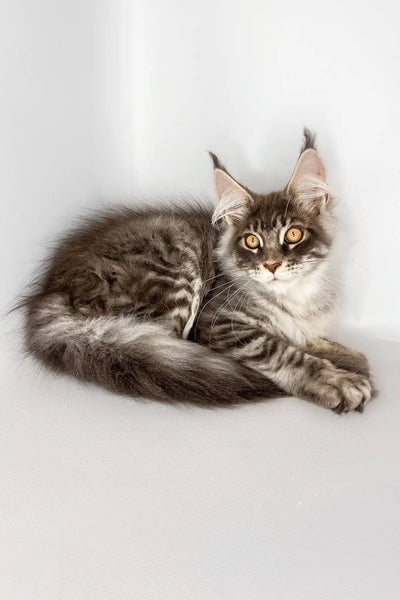
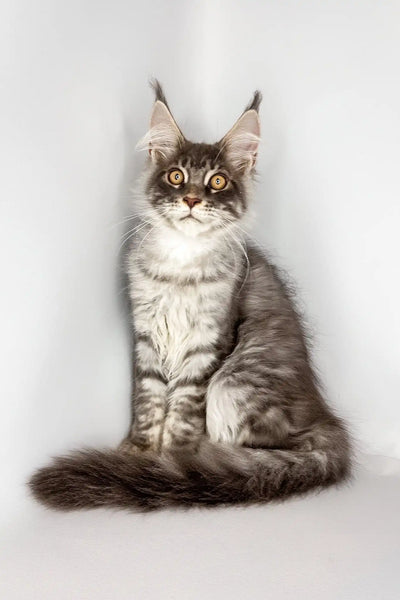
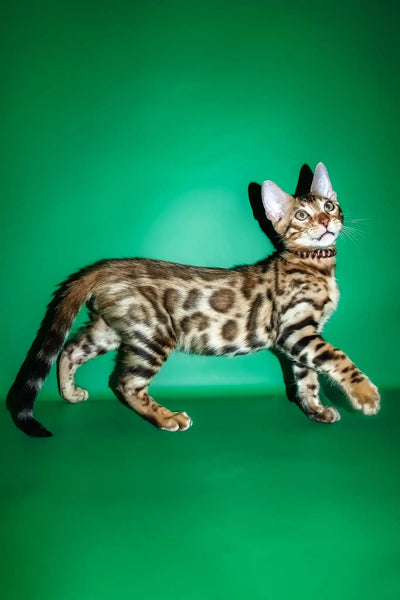
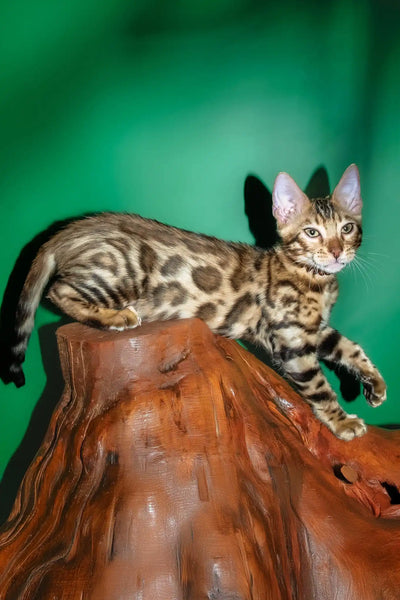
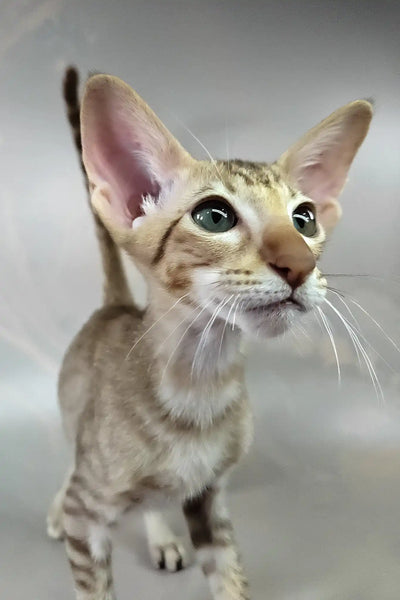

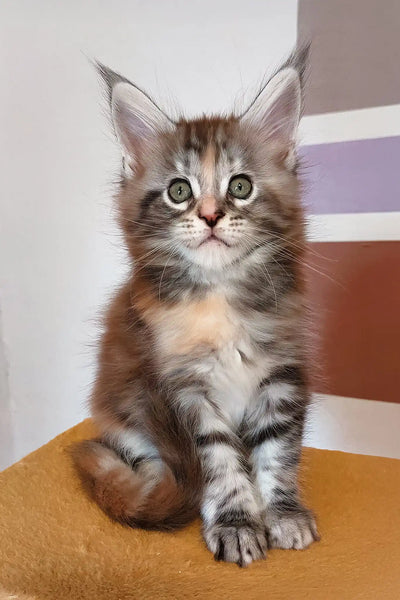
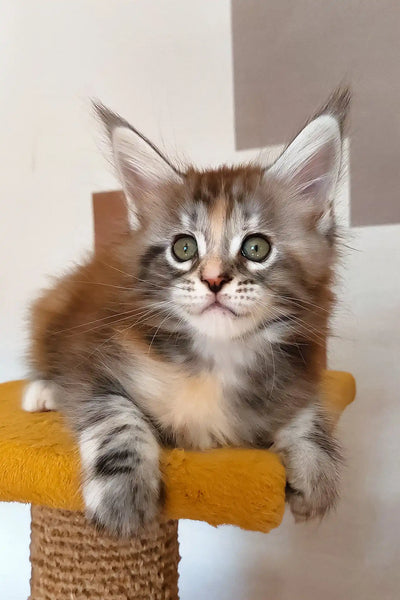
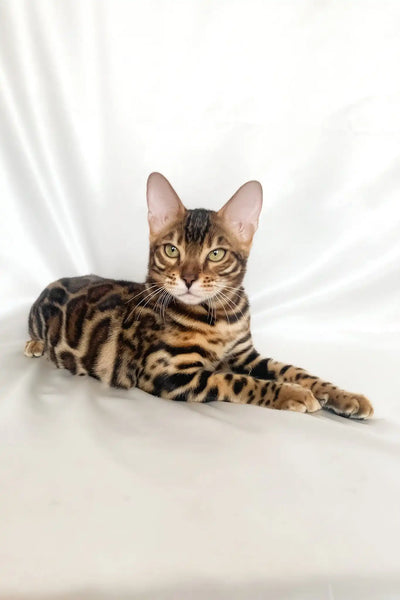
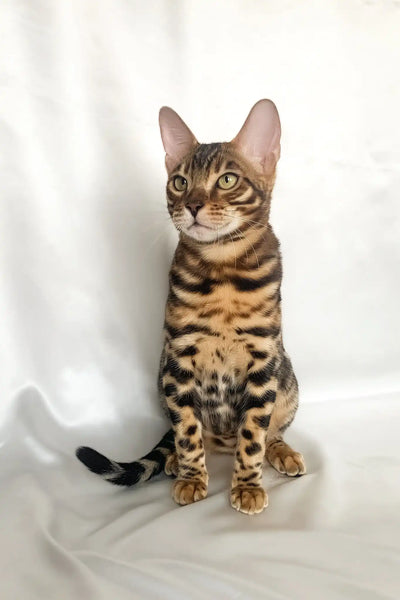
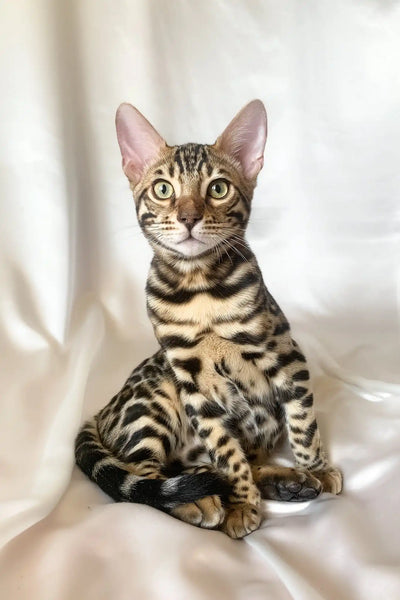
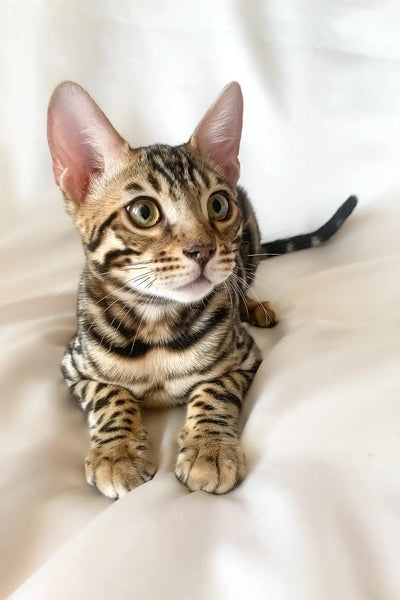


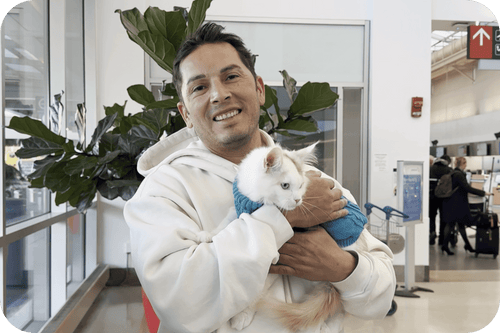
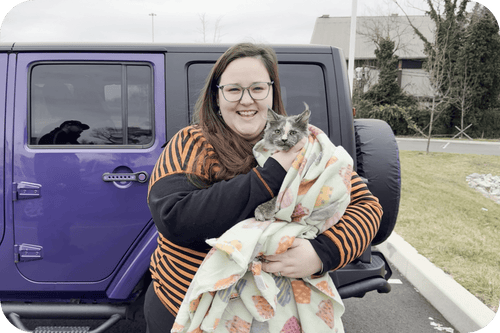
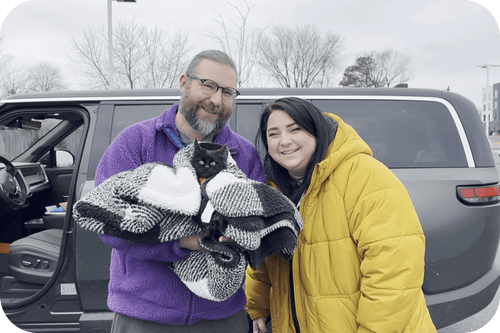
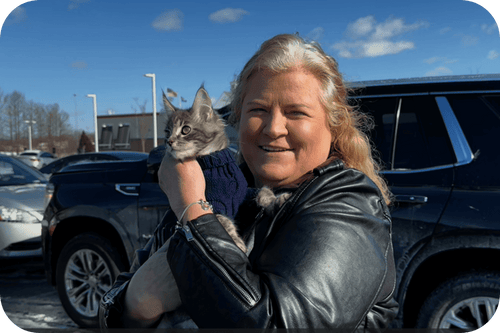
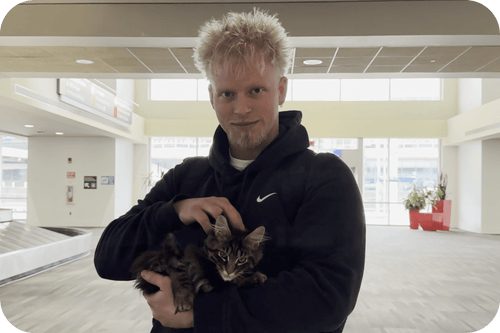
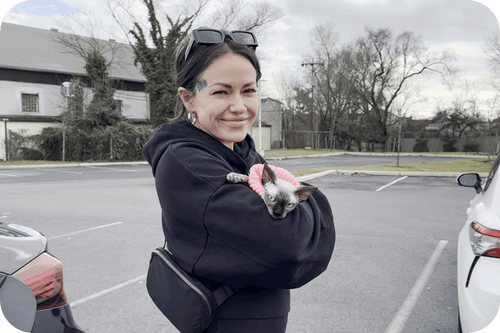
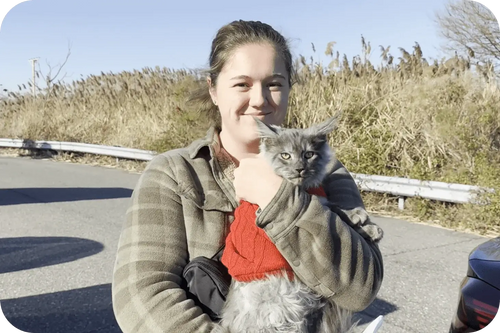
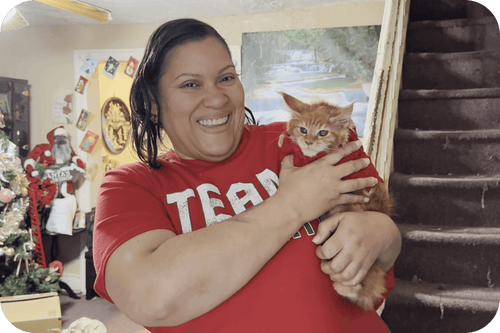
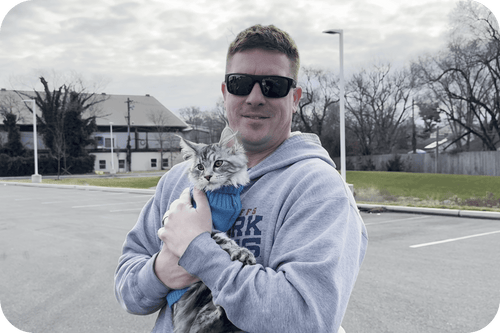
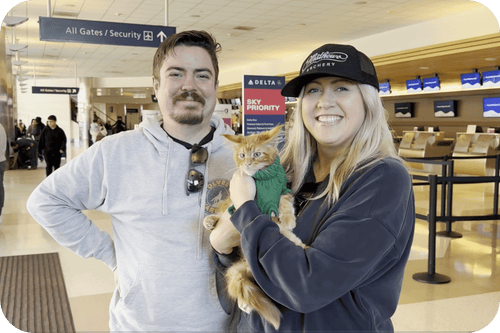

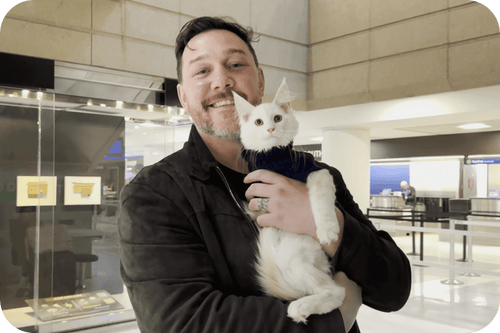
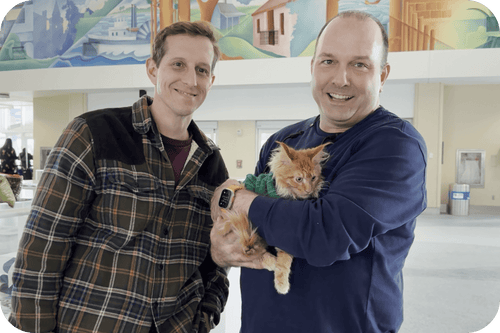
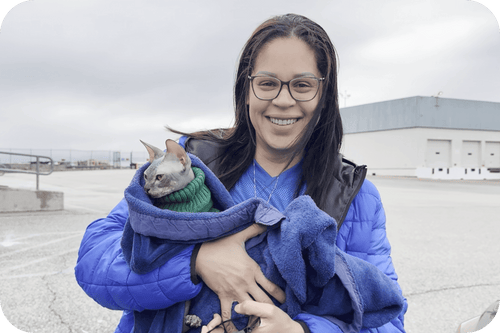
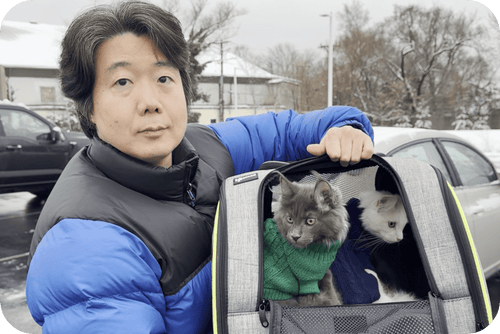
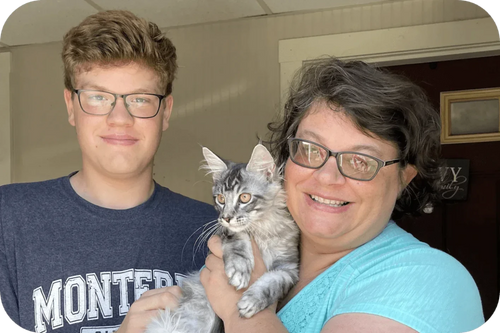
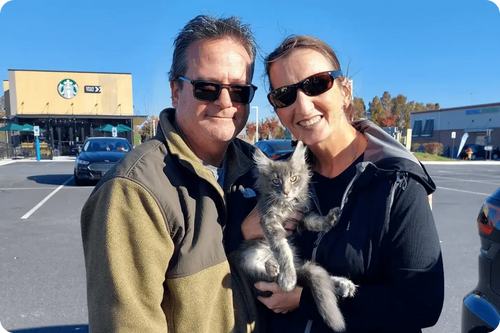
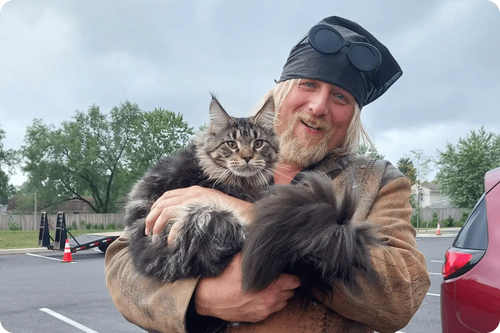
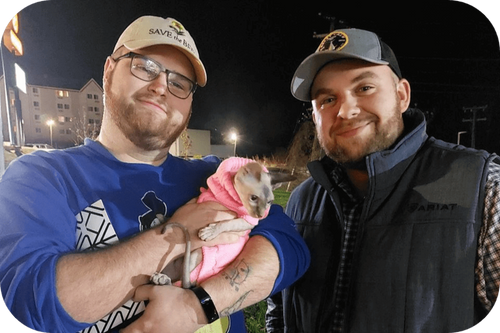
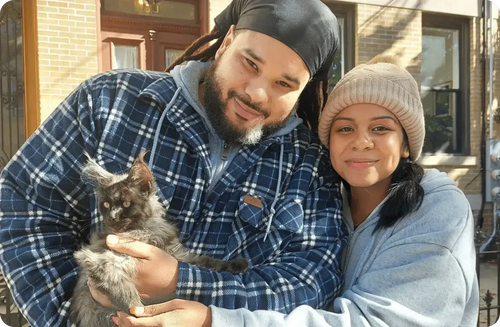
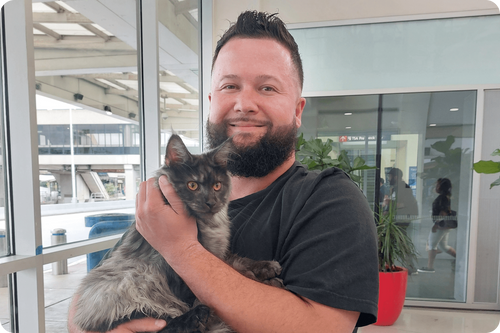
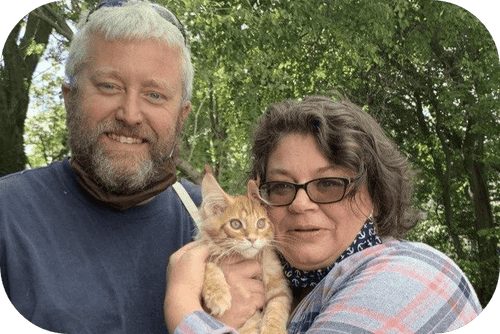









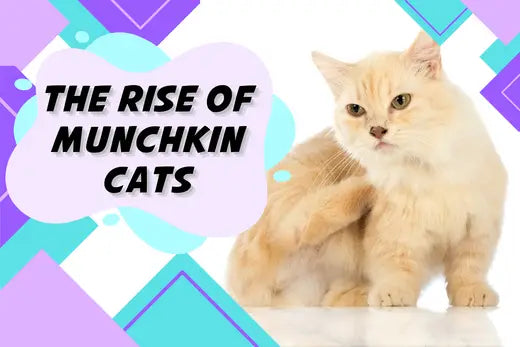
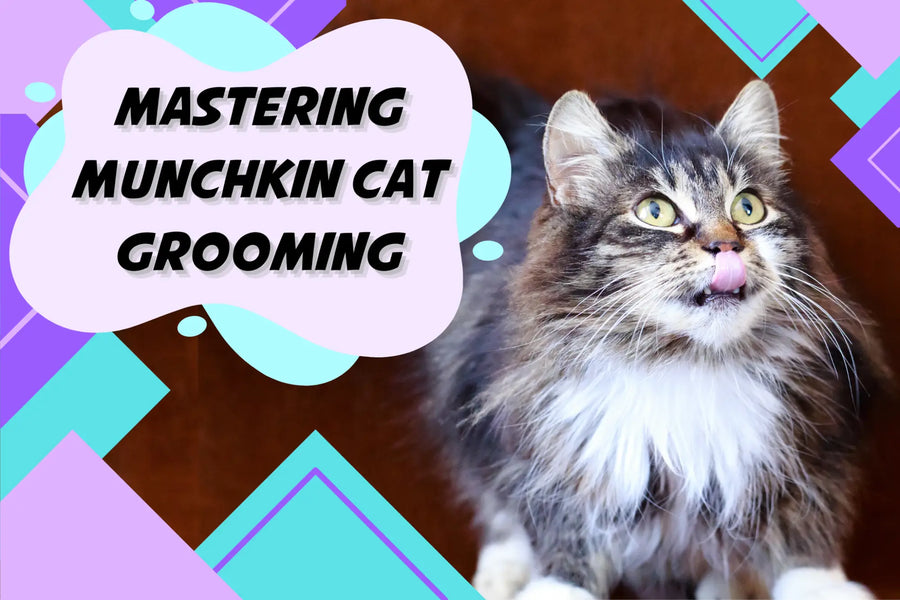
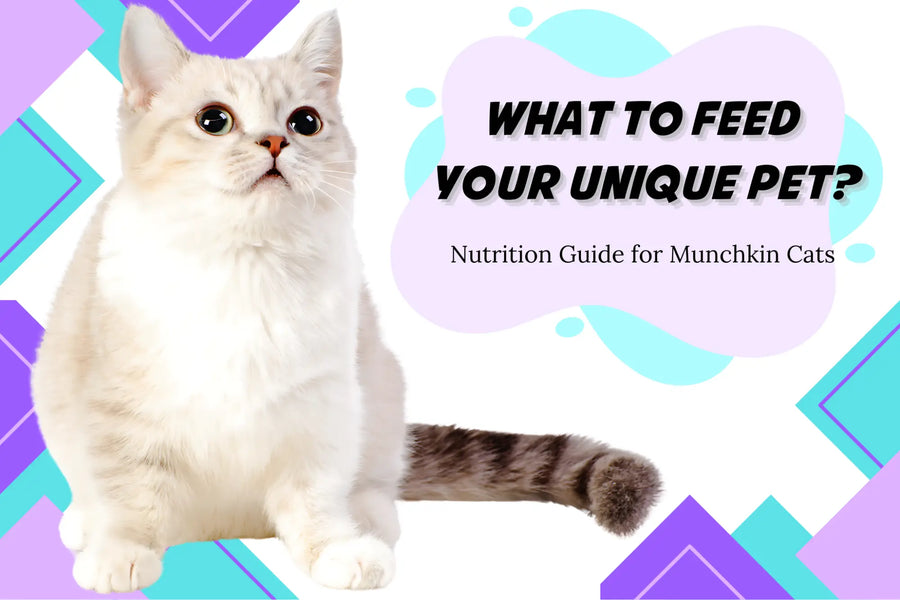

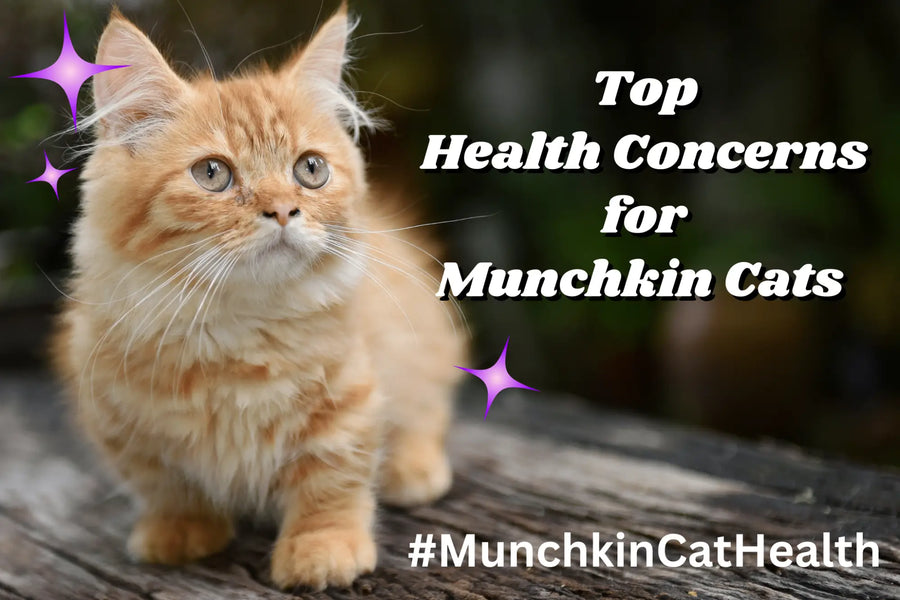
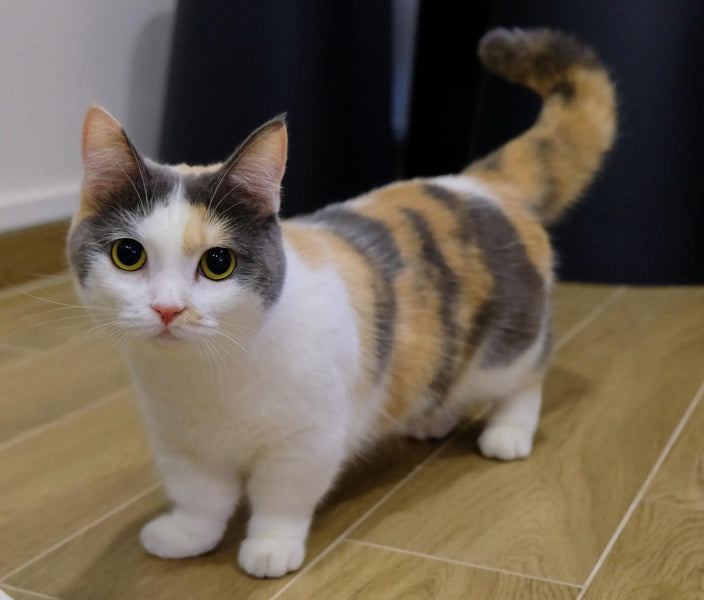




Comments(0)